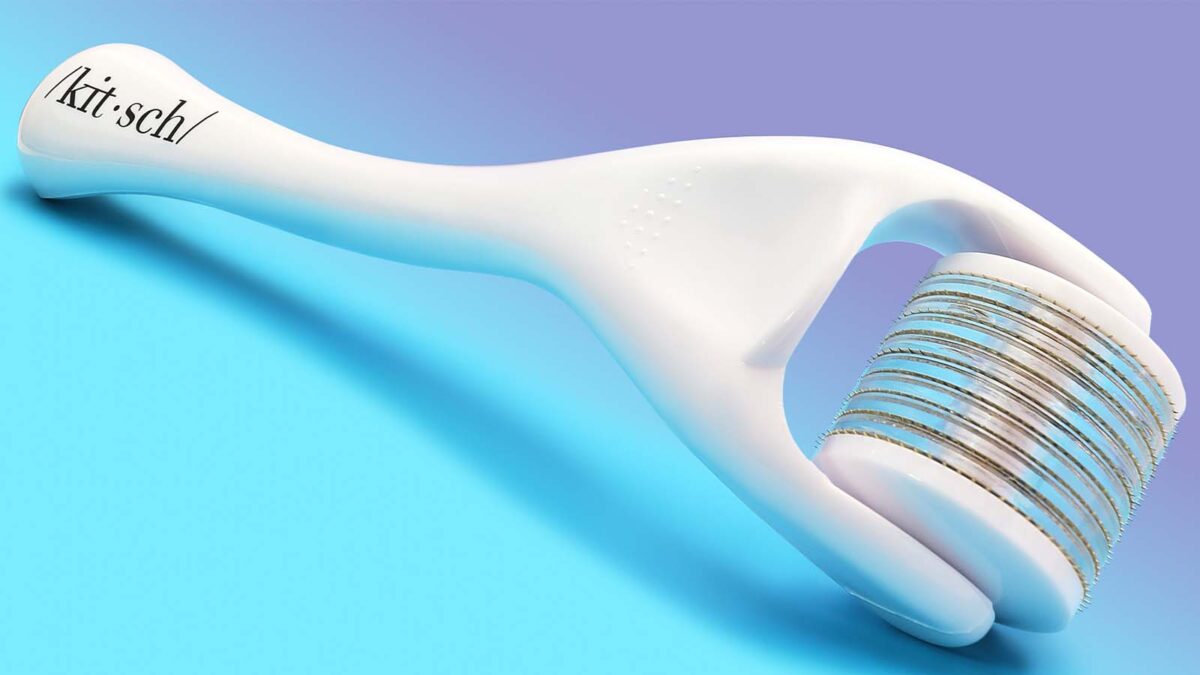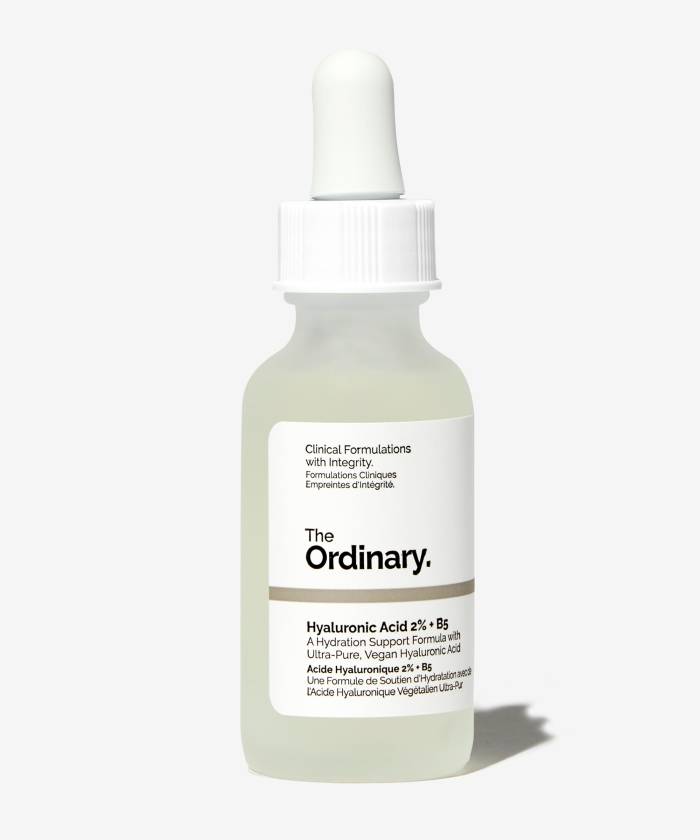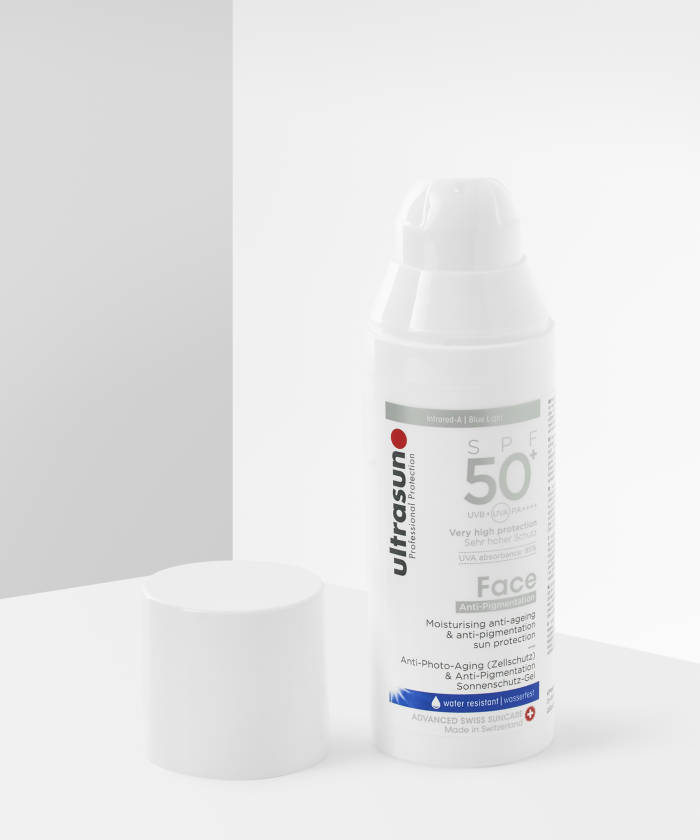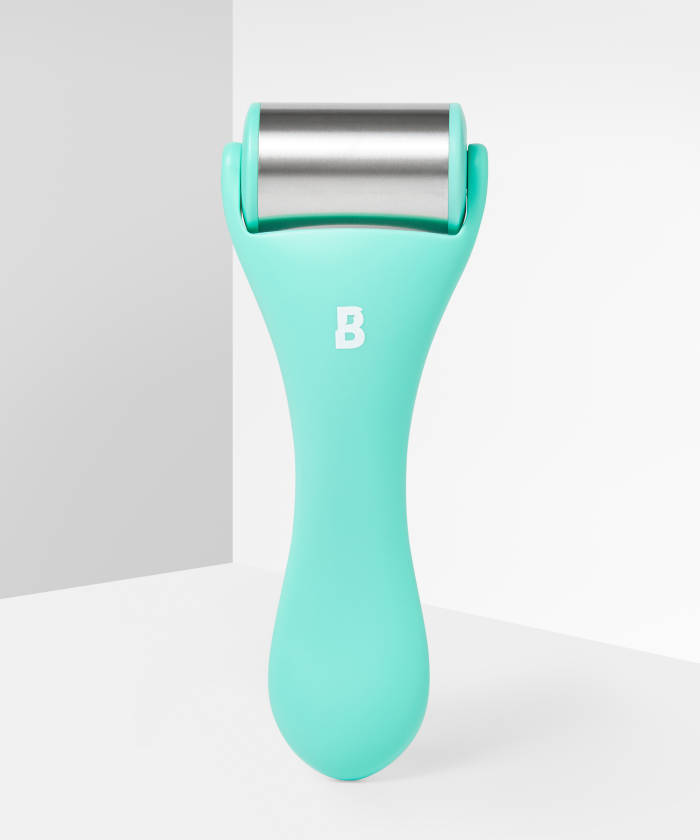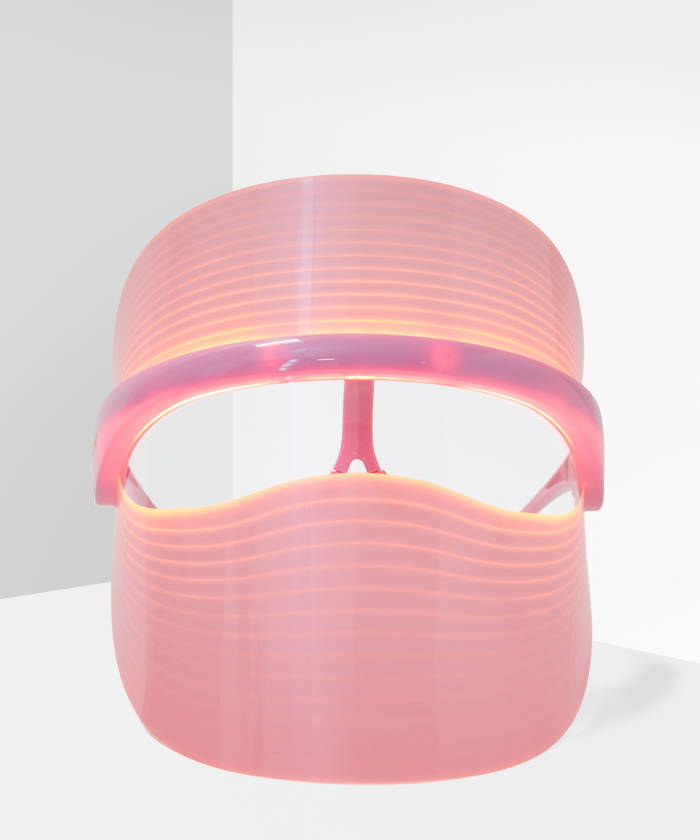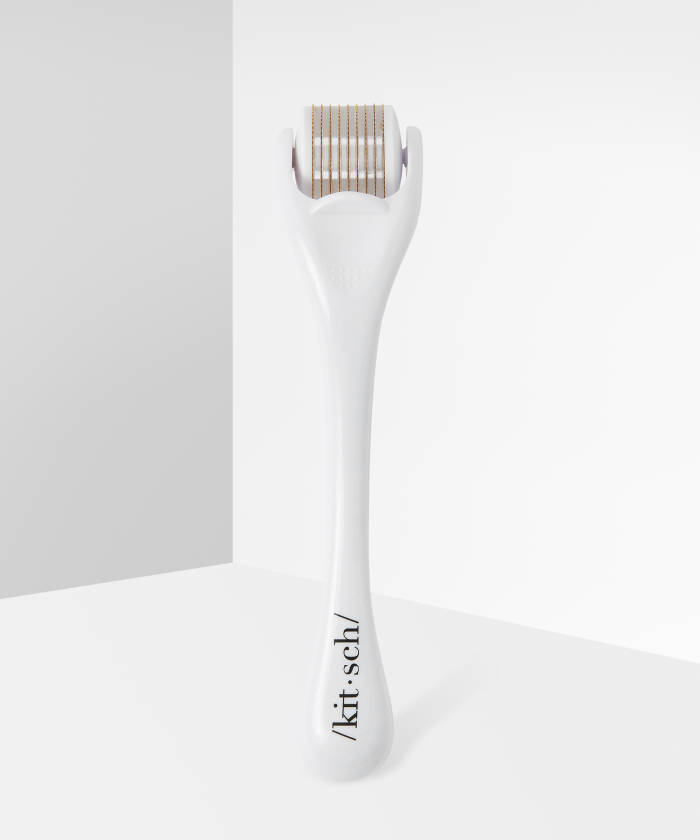Microneedling (also known as dermal rolling) may sound scary but it’s actually an incredibly popular treatment which can address a wide range of skin concerns from reducing acne scarring to plumping fine lines.
Curious? Below we’ve answered the most frequently asked questions about microneedling.
What is microneedling?
Microneedling is a skin treatment which involves using multiple tiny needles to cause punctures in the top layer of the skin. This triggers the body’s wound healing response and stimulates skin cell renewal. As the skin renews and repairs, collagen and elastin production increases, giving skin a smooth, plumped effect.
What are the benefits of microneedling?
Microneedling is commonly used to treat concerns such as pigmentation, scarring, dull skin, textured skin, and signs of aging. It can help to target loose skin and wrinkles due to the increased production of collagen and elastin, and because it stimulates skin cell renewal, it can also help to brighten and smooth uneven tone and texture, ding the appearance of acne scars and sun damage.
Where or who can provide microneedling?
There are at-home microneedling devices available, but it is much more effective and safer to see an esthetician or dermatologist for a microneedling treatment. Professional treatments typically use much sharper equipment which can penetrate deeper and means you’re likely to see more noticeable results. There’s also a reduced risk of injury or infection as the treatment is conducted in a clean, sterile environment by an expert who can give you the right aftercare advice.
Does microneedling hurt?
Microneedling can be a little painful – after all, you are piercing your skin with multiple tiny needles! If a professional performs the treatment, then they will usually apply numbing cream beforehand which reduces the pain and instead means the treatment feels just a little uncomfortable. Once the effect of the numbing cream has worn off your skin may feel a bit sensitive.
What should you expect to see after getting microneedling?
Immediately after the treatment your skin will probably look quite pink and plump. This radiance will last for a few weeks with skin looking brighter and feeling smoother and softer than usual. However, for long-term results that improve the appearance of scarring and pigmentation, you’ll need a series of consistent treatments over a period of at least a few months.
Are there any side effects or risks to microneedling?
Microneedling too frequently can cause irritation and may even lead to bleeding, bruising, and broken capillaries. If you have skin conditions such as eczema, rosacea, or active acne then you should avoid microneedling at home and seek professional advice to find out if the treatment is right for you. If there’s a risk of infection or inflammation then you may be advised to try a different option, such as LED or a chemical peel.
What aftercare is recommended following microneedling?
Leave skin be for the rest of the day (and ideally the following 24-48 hours). Don’t apply makeup, workout, drink alcohol, or expose skin to extreme temperatures. Avoid using ingredients like retinol or acids for a week following the treatment, and instead focus on applying soothing and hydrating products (see below) which will help to calm and nourish skin. If you experience sensitivity, use an ice roller to soothe skin or an LED mask to aid healing.
